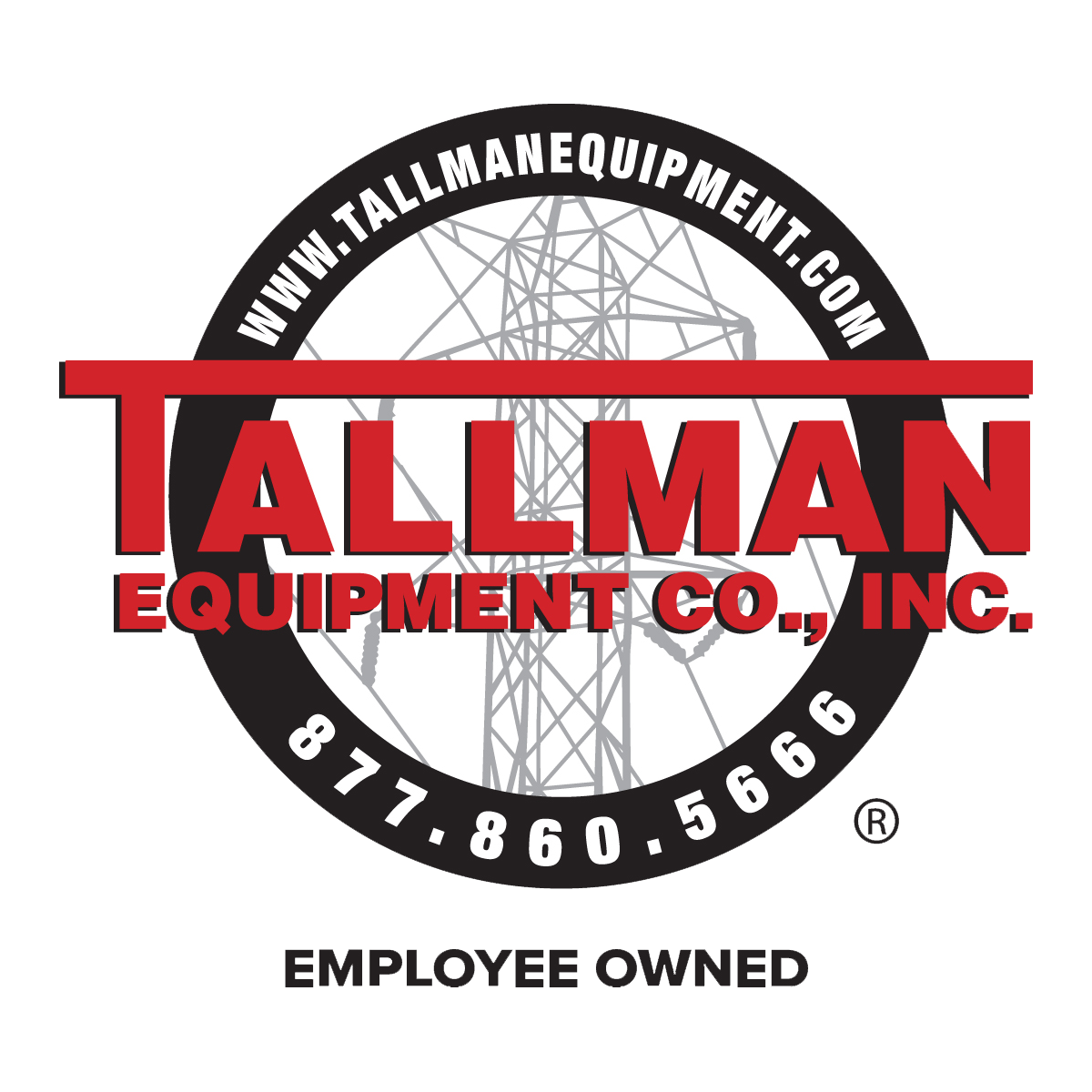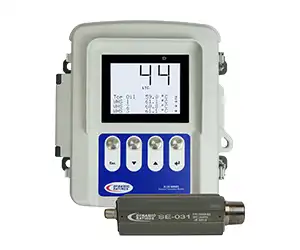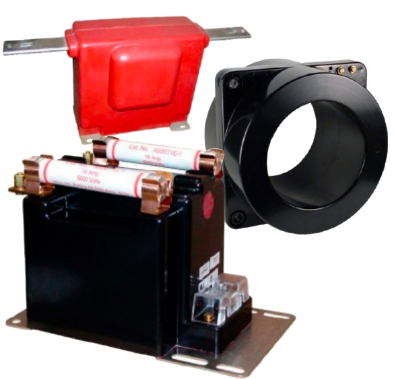Overcurrent and Short Circuit Protection
Transformer Protection
Cybersecurity Threats and Transformer Protection
Lightning Protection Systems
Fire Prevention: Role of Lightning Protection in Mitigating Fire Risks
Generator Protection
Modernizing Protection for Aging Generators
Cybersecurity for Protective Devices
Securing Communication and Data Integrity
Motor Protection
Predictive Maintenance Trends Using Motor Protection Relays
Electrical Protection
Solid-State Transformer Protection: A Game Changer?
The advent of solid-state transformer (SST) technology marks a significant evolution in the field of electrical transformer protection. Moving beyond the limitations of conventional oil-filled transformers, SSTs offer a promising alternative, boasting enhanced efficiency, reliability, and a host of unique protective features. This article delves into the potential of SSTs, examining how they could redefine the norms of transformer protection and system performance.
Visit Our Electrical Protection Study Course
The Rise of Solid-State Transformers (SSTs)
Unlike conventional transformers that rely on magnetic induction for voltage conversion, SSTs utilize power electronics to achieve the same functionality. They employ high-frequency switching devices like Insulated-Gate Bipolar Transistors (IGBTs) to convert AC to DC, perform voltage manipulation, and then convert back to AC at the desired output level.
Advantages of Solid-State Transformers
Enhanced Efficiency and Control
Solid-state transformers are known for their superior efficiency compared to traditional transformers. They minimize energy losses through advanced semiconductor components that facilitate precise control over voltage and current. This high-level control not only improves overall system efficiency but also enables dynamic response to changing load conditions, optimizing energy distribution in real time.
Compact and Environmentally Friendly
SSTs are compact and require less physical space than their oil-filled...


















